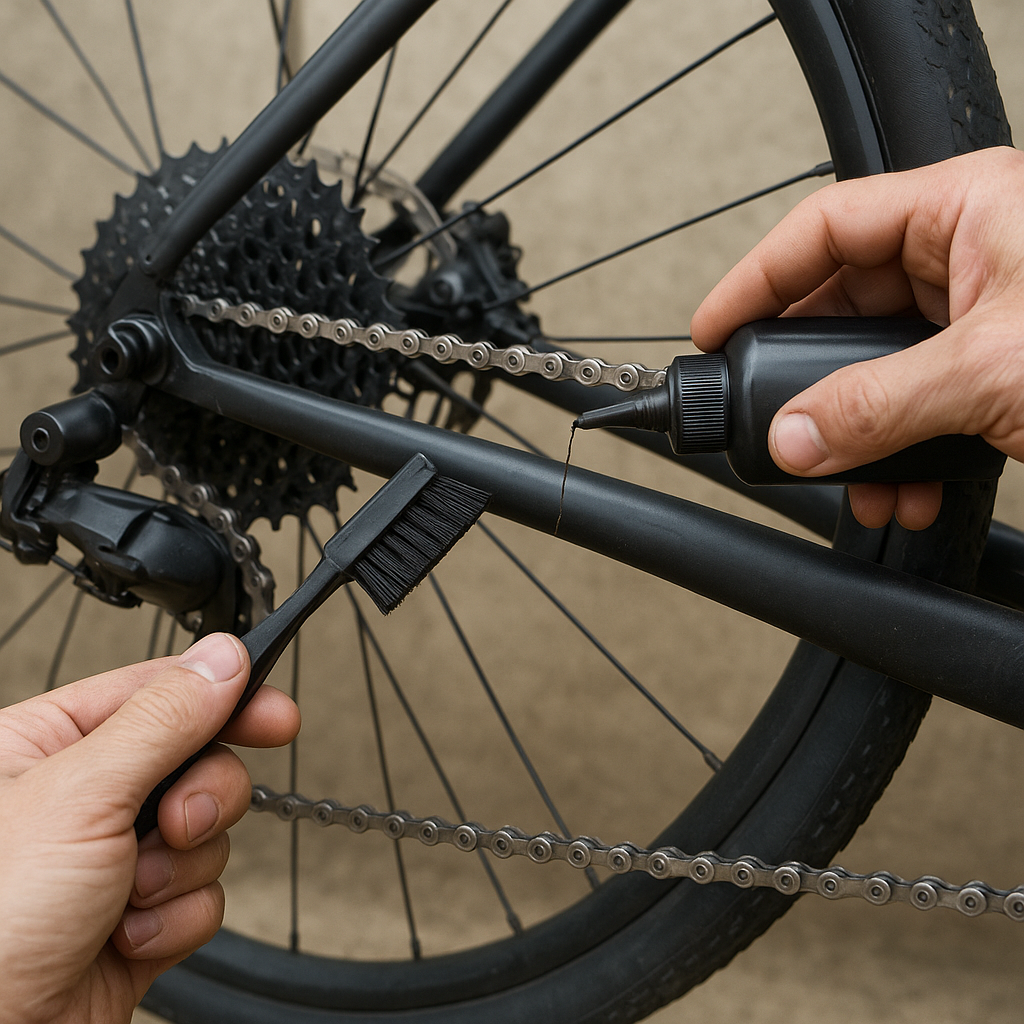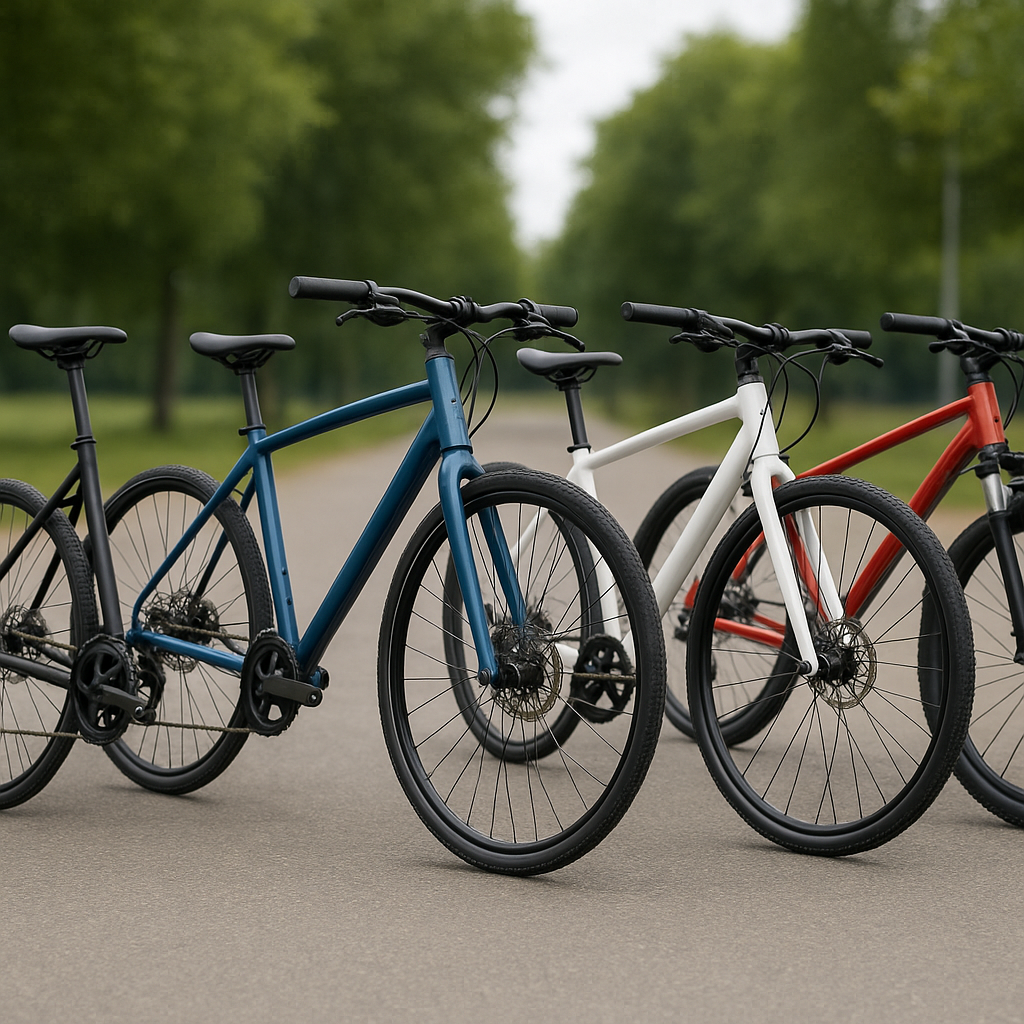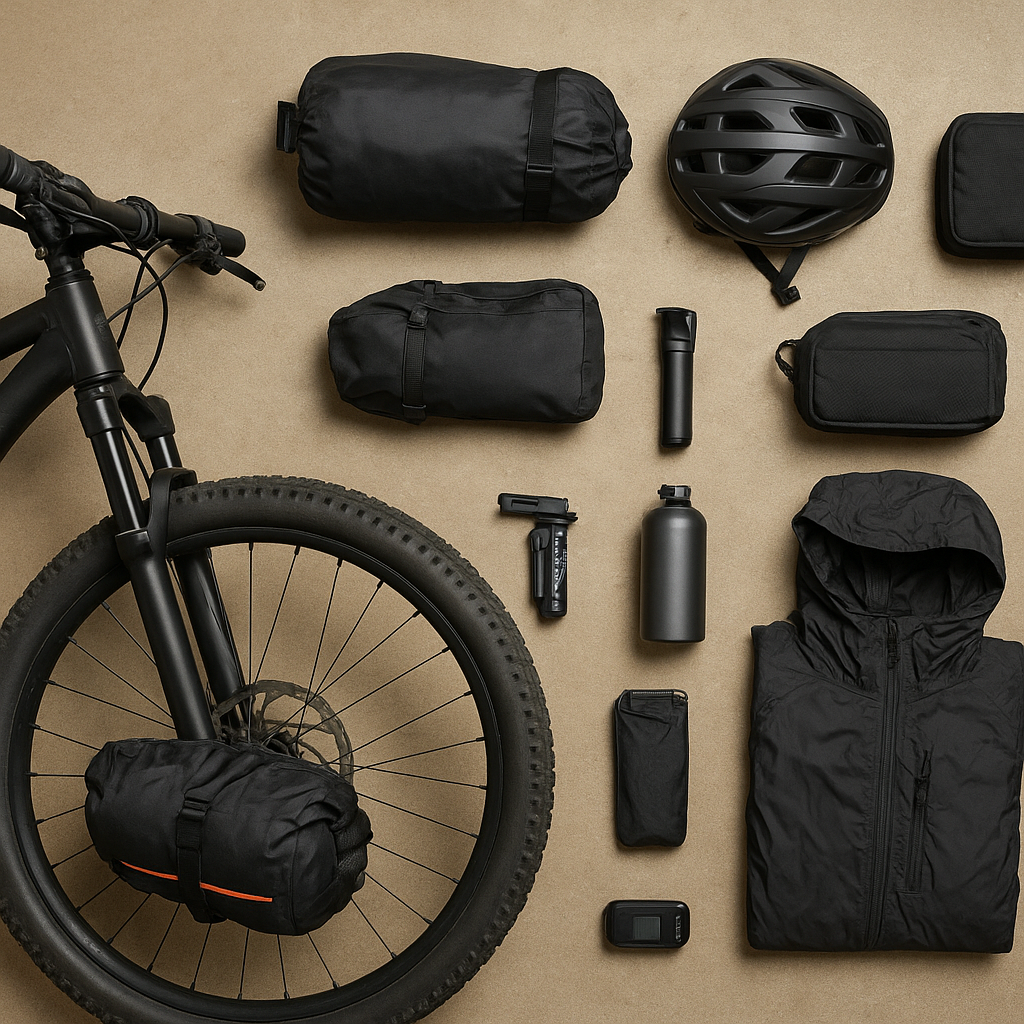Electric bicycles, commonly known as e-bikes, have surged in popularity over the past few years. They offer an eco-friendly, efficient, and enjoyable mode of transportation. However, before you decide to purchase an e-bike, it’s crucial to understand the various regulations that govern their use. This article will delve into the key aspects of e-bike regulations, helping you make an informed decision.
Classification of E-Bikes
One of the first things to understand about e-bike regulations is the classification system. E-bikes are generally categorized into three classes, each with its own set of rules and restrictions. Knowing these classifications can help you determine which type of e-bike is best suited for your needs and where you can legally ride it.
Class 1 E-Bikes
Class 1 e-bikes are equipped with a motor that provides assistance only when the rider is pedaling. The motor ceases to provide assistance once the bike reaches a speed of 20 mph. These e-bikes are often allowed on bike paths and multi-use trails, making them a popular choice for recreational riders and commuters alike.
Class 2 E-Bikes
Class 2 e-bikes come with a throttle that can propel the bike without the need for pedaling. Similar to Class 1, the motor assistance is capped at 20 mph. However, due to the throttle feature, some areas may have stricter regulations regarding where Class 2 e-bikes can be ridden.
Class 3 E-Bikes
Class 3 e-bikes, also known as speed pedelecs, provide pedal-assist up to 28 mph. These e-bikes are often equipped with a speedometer and are typically restricted to roadways and bike lanes, rather than multi-use trails. They are ideal for those who need to cover longer distances quickly but come with more stringent regulatory requirements.
Legal Requirements and Restrictions
Understanding the legal requirements and restrictions for e-bikes is essential for ensuring compliance and safety. These regulations can vary significantly depending on your location, so it’s important to familiarize yourself with the rules in your area.
Age Restrictions
Many regions have age restrictions for e-bike riders. For instance, some areas may require riders to be at least 16 years old to operate a Class 3 e-bike. Always check local laws to ensure you meet the age requirements for the type of e-bike you plan to ride.
Helmet Laws
Helmet laws for e-bike riders can also vary. While some regions mandate helmet use for all e-bike riders, others may only require helmets for certain age groups or specific classes of e-bikes. Regardless of legal requirements, wearing a helmet is always a good practice for safety.
Licensing and Registration
In some areas, e-bikes may need to be registered, and riders might be required to have a valid driver’s license. This is more common for Class 3 e-bikes due to their higher speeds. Make sure to check if your e-bike needs to be registered and if you need any specific licenses to ride it legally.
Where You Can Ride
The places where you can legally ride an e-bike can vary widely. While Class 1 e-bikes are generally allowed on bike paths and multi-use trails, Class 2 and Class 3 e-bikes may be restricted to roadways and bike lanes. Always check local regulations to ensure you’re riding in permitted areas.
Safety Considerations
While understanding regulations is crucial, safety should always be a top priority when riding an e-bike. Here are some key safety considerations to keep in mind.
Maintenance
Regular maintenance is essential for keeping your e-bike in good working condition. This includes checking the battery, brakes, tires, and other components. Proper maintenance not only ensures your e-bike’s longevity but also enhances your safety while riding.
Visibility
Being visible to other road users is crucial for safety. Equip your e-bike with lights, reflectors, and wear bright or reflective clothing, especially when riding at night or in low-light conditions. This helps ensure that you are seen by motorists, pedestrians, and other cyclists.
Defensive Riding
Adopting a defensive riding style can significantly reduce the risk of accidents. Always be aware of your surroundings, anticipate potential hazards, and follow traffic rules. This includes signaling your intentions, obeying traffic signals, and yielding the right of way when necessary.
Environmental Impact
One of the major benefits of e-bikes is their positive impact on the environment. By choosing an e-bike over a car for short trips, you can significantly reduce your carbon footprint. E-bikes produce zero emissions and consume far less energy compared to traditional motor vehicles.
Battery Disposal
While e-bikes are environmentally friendly, it’s important to consider the proper disposal of their batteries. Lithium-ion batteries, commonly used in e-bikes, can be harmful to the environment if not disposed of correctly. Always follow local guidelines for battery disposal and consider recycling programs to minimize environmental impact.
Energy Efficiency
E-bikes are highly energy-efficient compared to other forms of motorized transportation. They require less energy to operate, and the electricity used to charge their batteries can often come from renewable sources. This makes e-bikes a sustainable choice for eco-conscious individuals.
Conclusion
Understanding e-bike regulations is essential for making an informed purchase and ensuring a safe and legal riding experience. From classification and legal requirements to safety considerations and environmental impact, there are many factors to consider. By familiarizing yourself with these aspects, you can enjoy the numerous benefits that e-bikes offer while staying compliant with local laws.
Whether you’re a seasoned cyclist or new to the world of e-bikes, taking the time to understand the regulations and best practices will help you make the most of your e-bike experience. Happy riding!












